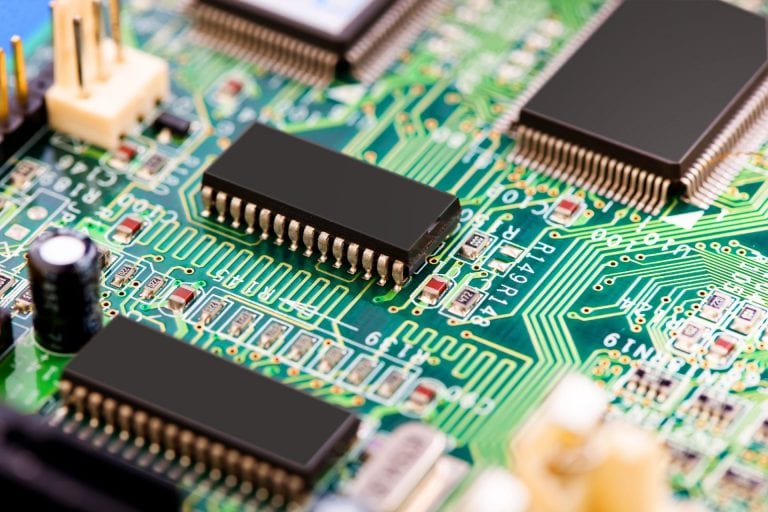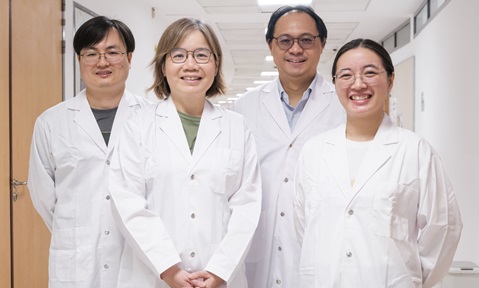Two-in-one: Memory chips that also compute
Using a state-of-the-art memory chip, Asst Prof Anupam Chattopadhyay and collaborators build a circuit that combines information storage and data processing.

As computer software get increasingly complex, sluggish data processing has become a pressing concern for industries everywhere. With the help of collaborators overseas, Assoc Prof Anupam Chattopadhyay from NTU’s School of Computer Science and Engineering has discovered a new way to make memory chips perform computing tasks.
Using a state-of-the-art memory chip known as redox-based resistive switching random access memory (ReRAM), the researchers built a prototype circuit that combines information storage and data processing.
While current devices and computers have to transfer data from the memory storage to the processor unit for computation, the new circuit saves time and energy by eliminating these data transfers, speeding up computing devices by a factor of two or more.
In addition, while all current computer processors in the market are based on a binary system—composed of the two states 0 and 1—the new circuit processes information using a ternary number system consisting of three states (0, 1, 2). Because ReRAM uses different electrical resistance to store information, the number of states could even be increased, potentially speeding up computing tasks beyond current limitations.
The ReRAM circuit is a breakthrough in terms of speed and efficiency, and the elimination of processors may lead to new design possibilities in consumer electronics and wearable technology. The researchers now hope to engage industry partners to advance their ReRAM-based ternary computing technology.





.tmb-listing.jpg?Culture=en&sfvrsn=9b7345be_1)
.tmb-listing.jpg?Culture=en&sfvrsn=57e7d9a3_1)
.tmb-listing.jpg?Culture=en&sfvrsn=462ec612_1)